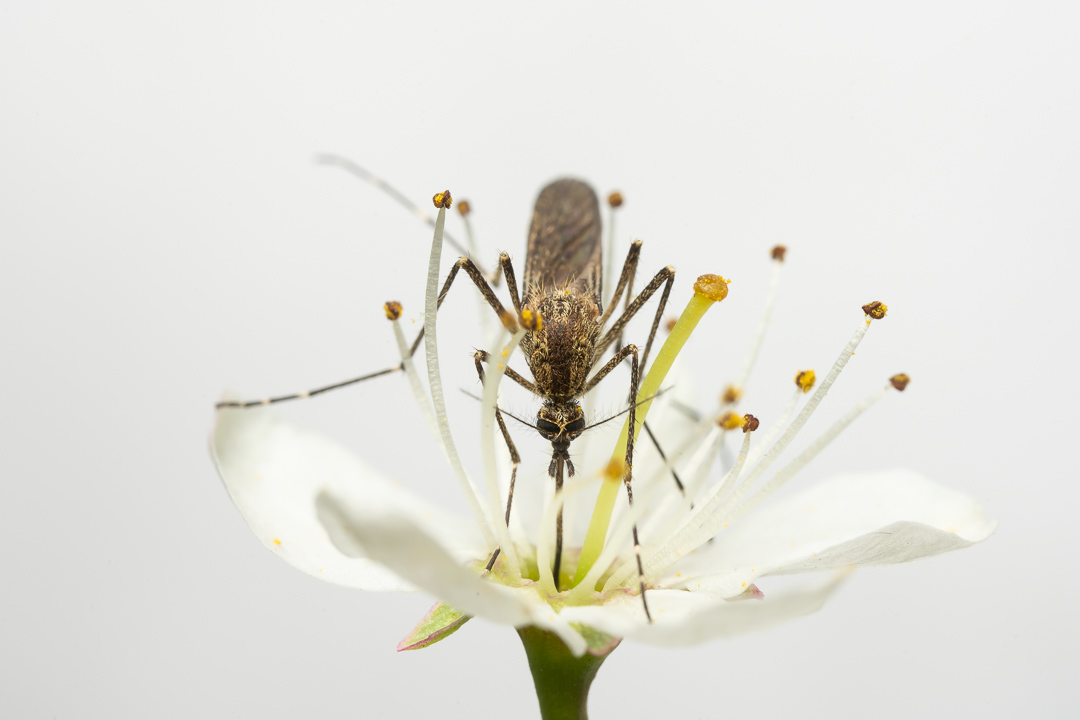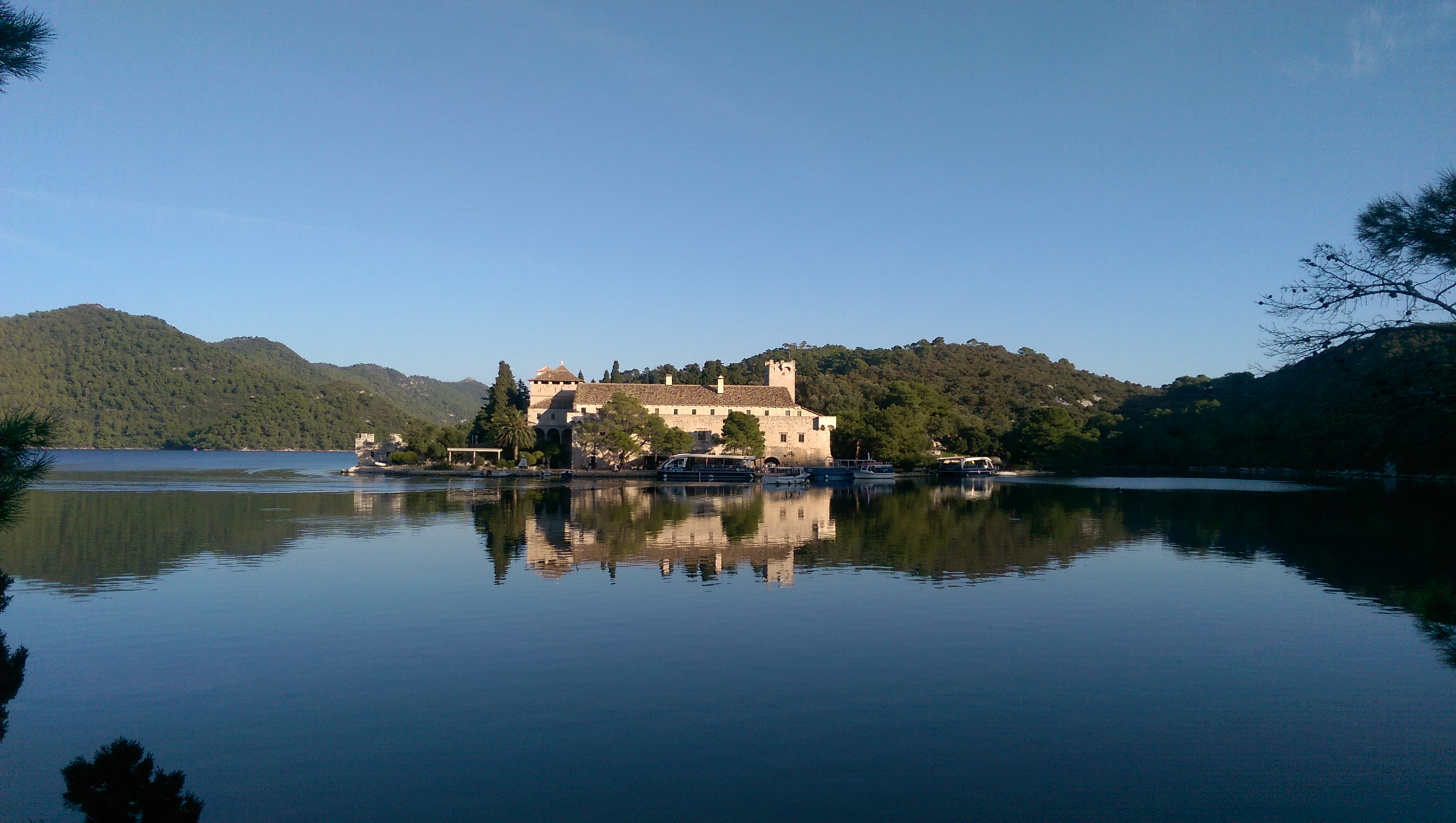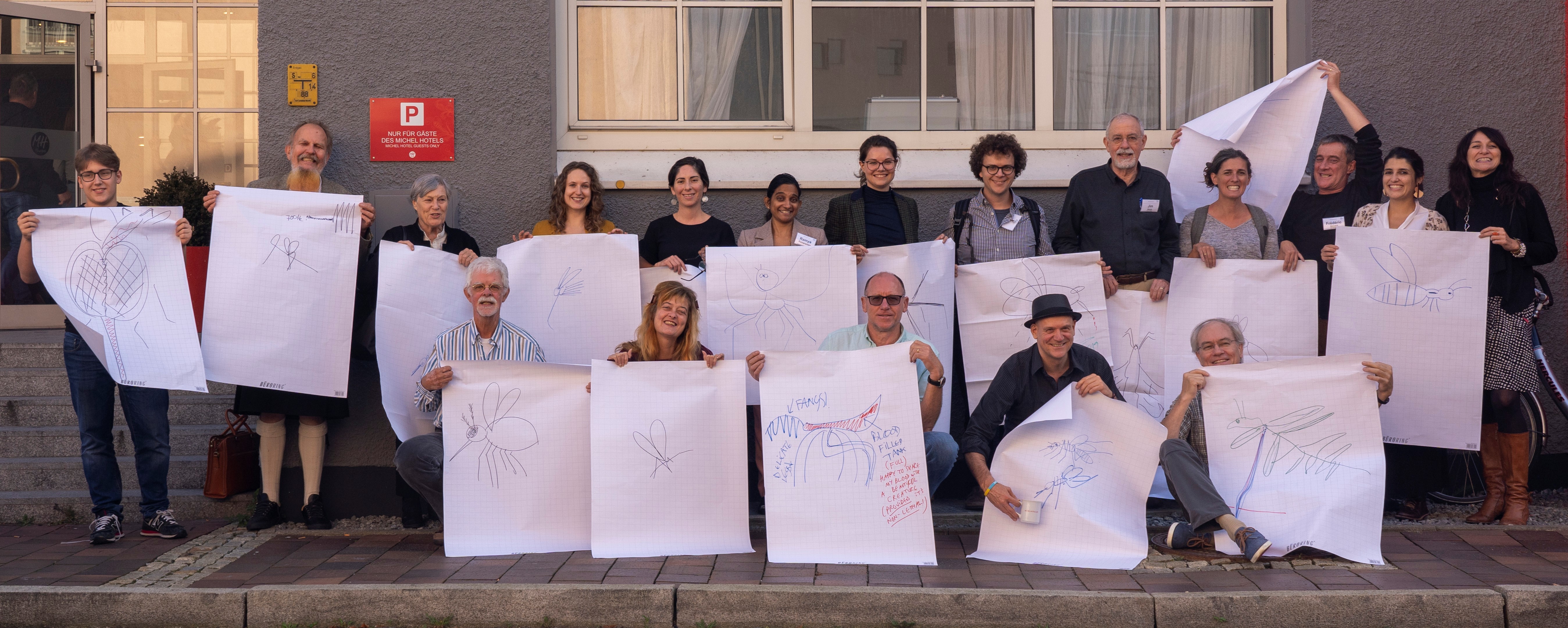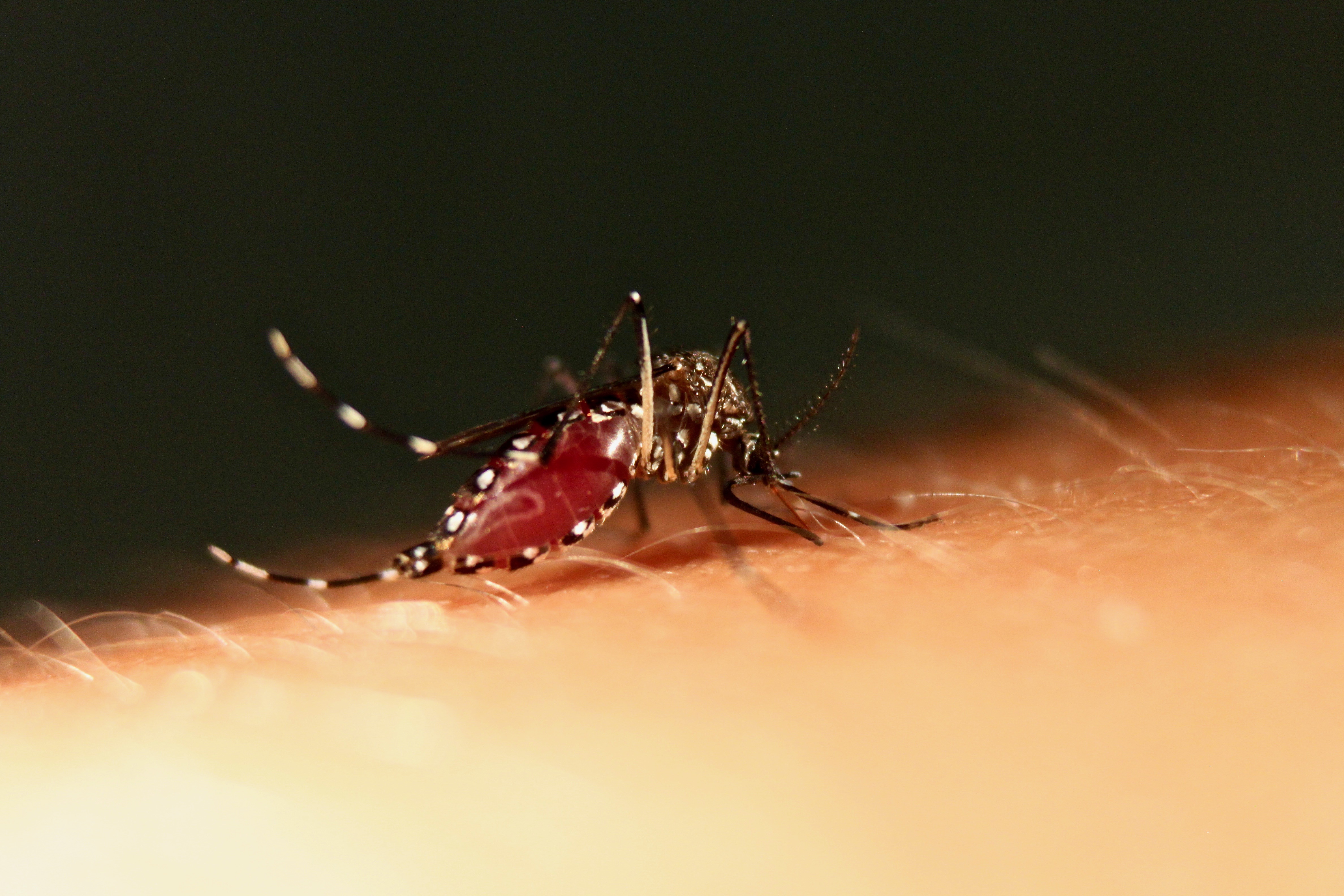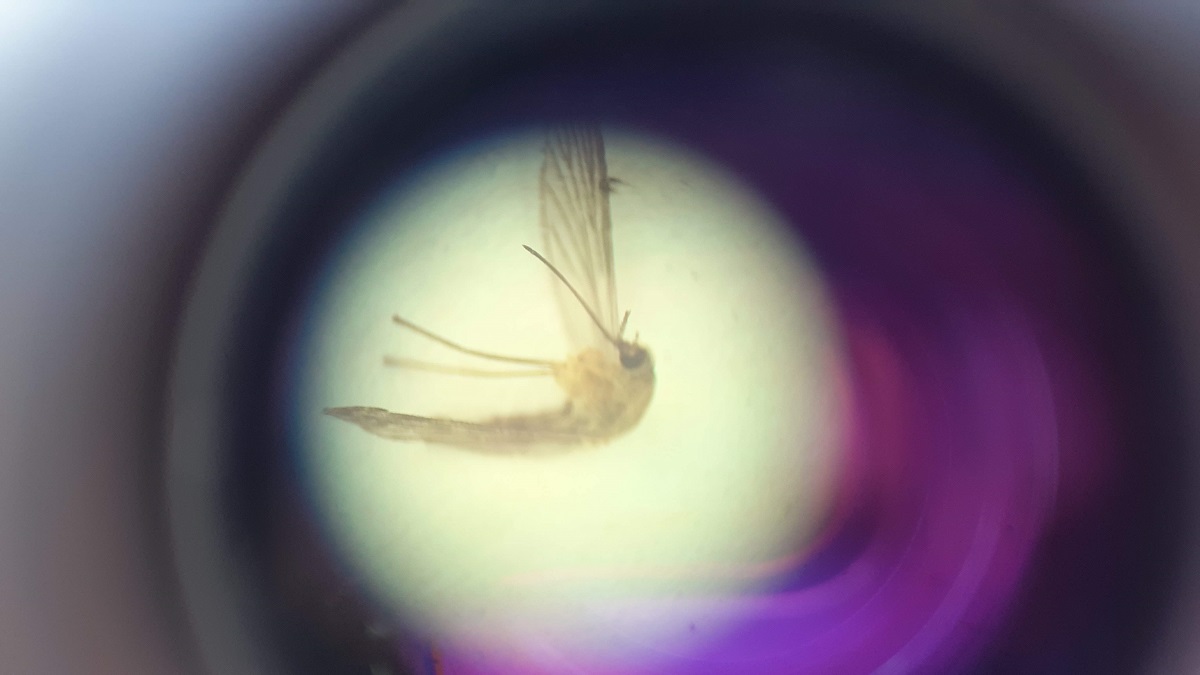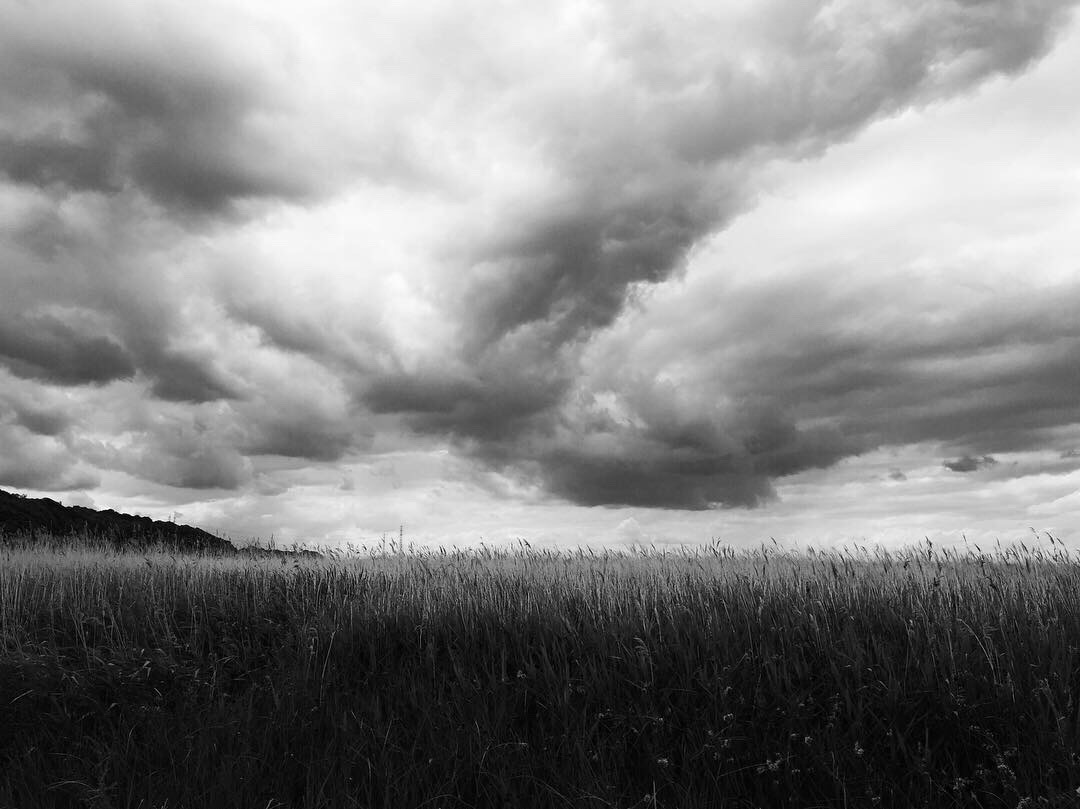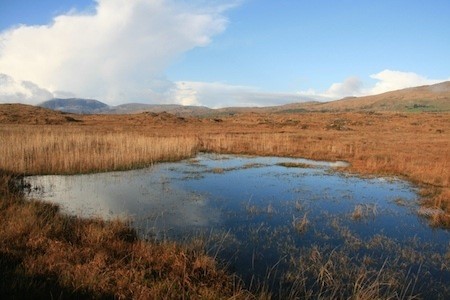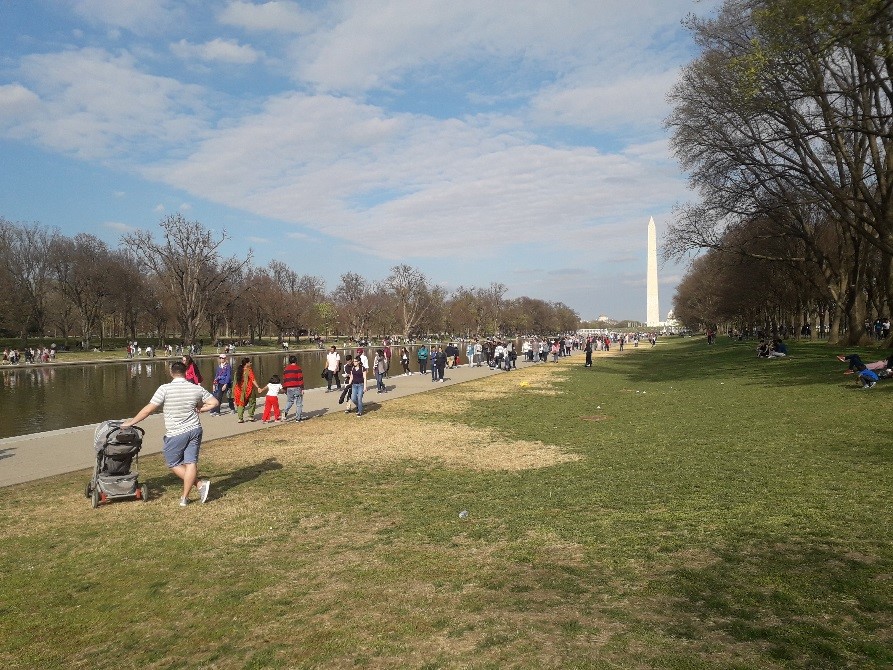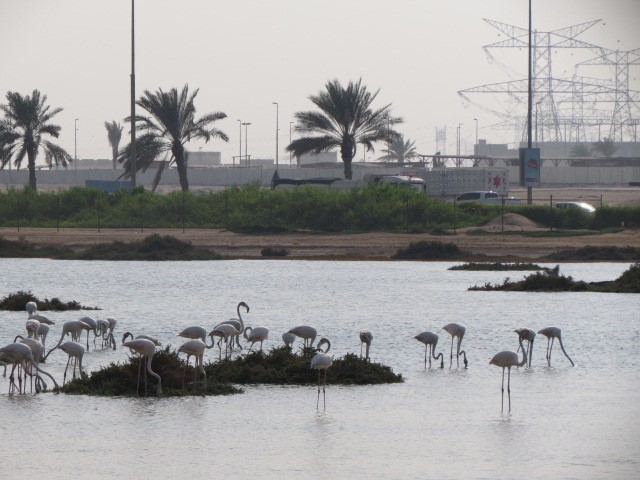Wetlands, including marshes, swamps, bogs and fens, exist at the intersection between land and water. Many of these landscapes are beautiful, ethereal places, and a source of inspiration to artists, poets, writers and photographers. They are important for wildlife habitats, act as flood defences, and are great recreational spaces. They generate a wide range of environmental, economic and socio-cultural benefits to people, supporting their health and wellbeing, and mitigating the impacts of climate change. Wetlands are also known for their association to biting insects such as mosquitoes. So how can we create, restore and manage wetlands, while limiting perceived or actual public health impacts from mosquitoes?
WetlandLIFE writer Victoria Leslie reflects on her visit to the Croatian island of Mljet where she attended a conference exploring the collaborative potential between artists and scientists, organised by PowerProgressiveArt.
Bringing views from the arts, humanities, natural and social sciences, this October five members of the WetlandLIFE team joined a diverse array of participants at the Mosquitopia Symposium in Landshut, Bavaria, to tackle a question that is perhaps more pertinent now than it has ever been.
Last week, over the 28th and 29th October 2019, the final Valuing Nature (VN) Programme Conference was held at the Royal Society in London, under the watchful gaze of Sir Isaac Newton. The VN Programme, supported by a consortia of UK Research Councils including the AHRC, ESRC and NERC, funded seven research projects orientated around two research enquiries; the impacts of potential ecological tipping points for natural resources within the UK and the importance of nature for human health and wellbeing for British citizens. The WetlandLIFE team have been involved in the latter research area, human health and wellbeing, through their collaborative work within the WetlandLIFE project, which is drawing to an end in January 2020.
Peter Coates, Professor of American and Environmental History at the University of Bristol, and a co-investigator on WetlandLIFE, reflects on a paper he gave recently at the 3rd World Congress of Environmental History in Florianópolis, Brazil. The World Congress of Environmental History has met every 5 years since its inaugural meeting in Copenhagen in 2009.
There are 34 known species of mosquitoes in the UK, with an array of appearances, behaviour, favourite meals and preferred habitats. A type of landscape known for its association with mosquitoes are the wetlands, which include marshes, swamps, bogs and fens, among other types. On this World Mosquito Day, 20th August, together with the interdisciplinary team of the ‘WetlandLIFE’ project, we are taking a closer look at mosquitoes, considering both the benefits and the risks they can bring to wetland environments. Reported by Gillian Summers, University of Greenwich.
Dr Sharanya Basu-Roy, a wetlandLIFE Research Assistant in Economic Valuation from Cranfield University, shares her thoughts on recent field work visits to Alkborough Flats in North Lincolnshire and the Somerset Levels, two of the project's main case study sites and both great example of wetlands providing a multitude of benefits to people and the environment.
WetlandLIFE researcher Dr Mary Greary meets Dr Maureen O'Connor from University College Cork’s Scoil an Bhéarla (School of English) to talk bogs and their social representation in Ireland.
Dr Mary Gearey, Senior Research Fellow from the School of Environment and Technology at the University of Brighton and WetlandLIFE project partner reflects on her latest conference presentation and participation at AAG Washington 2019.
WetlandLIFE researcher Adriana Ford reports from the 13th Ramsar Conference of the Parties in Dubai, where she and other wetlandLIFE team members ran a side event to explore the role of film and the arts in understanding the value of wetlands.


